News:
Long Island
Posted: October 7, 2013
SUNY College at Old Westbury Academic Building earns LEED Gold; $64 million project
The new SUNY College at Old Westbury Academic Building has become one of the first buildings on a college or university campus in Nassau County to be awarded LEED Gold Certification by the United States Green Building Council (USGBC).
As the first new academic facility constructed at Old Westbury since 1985, the 147,000 s/f building opened last summer and provides much needed teaching spaces and faculty offices to serve the college's more than 4,500 students.
"In the 12 months since it opened, the academic building has rejuvenated the college's academic programming while also revitalizing the campus atmosphere for the students who study with us," said college president Calvin Butts, III. "The mission statement of Old Westbury calls on us to stimulate in our students a passion for learning and a commitment to building a more just and sustainable world. Our Gold-certified academic building puts us in prime position to succeed on both fronts."
The LEED rating system offers four certification levels for new construction - certified, silver, gold and platinum - that correspond to the number of credits accrued in five sustainable design categories. According to the USGBC, "LEED certification provides independent, third-party verification that a building, home or community was designed and built using strategies aimed at achieving high performance in key areas of human and environmental health: sustainable site development, water savings, energy efficiency, materials selection and indoor environmental quality."
The team for the $64 million project included:
* Developer: SUNY College at Old Westbury in cooperation with the State University Construction Fund
* General contractor: MPC Corp.
* Architect: Kliment Halsband Architects
* Engineers: Lakhani & Jordan Engineers P.C.; Severud Associates; Tower/ Golde; H2M Group; Steven Winter Associates Inc.; and Viridian Energy and Environmental.
* Financing: State University Construction Fund.
To complete the academic building construction, the college and the State University Construction Fund worked with Kliment Halsband Architects, MPC Corp., and a wide array of local contractors, and suppliers.
Some of the sustainable design features and practices that were incorporated into the design of the academic building include the maximization of natural light while limiting heat gain; highly efficient heating, ventilating and air conditioning systems; more efficient lighting fixtures; and an emphasis on effective storm water infiltration.
The academic building is expected to use 29% less energy than conventional buildings, while the use of water-conserving fixtures inside the building are expected to achieve savings of 48%. Approximately 43% of the construction materials used in the building came from the region while the use of building materials featuring recycled content at a rate of 44.5% helped divert material from landfills and low-toxicity building materials improve indoor air quality.
Landscaping was done with native and adaptive species that require no permanent irrigation and the building's design allows for 100% of storm water runoff to permeate the ground through increased landscaping and reduced impervious areas. 58% of outdoor walkways, masonry, seating areas and 100% of roof area uses reflective materials to lower cooling loads and reduce heat-island effect.
Located on the North Shore of New York's Long Island, the State University of New York College at Old Westbury is a selective public liberal arts college with more than 4,400 students studying in more than 40 undergraduate degree opportunities in its liberal arts and professional programs and 15 graduate programs in business, education and mental health counseling. On the college's 604-acre campus, students and faculty participate in ane nvironment that demands academic excellence, fosters intercultural understanding, and endeavors to stimulate a passion for learning and a commitment to building a more just and sustainable world.
Tags:
Long Island
MORE FROM Long Island
Suffolk County IDA supports expansion of A&Z Pharmaceuticals
Hauppauge, NY The Suffolk County Industrial Development Agency (IDA) has granted preliminary approval of a financial incentive package that will assist a manufacturer in expanding its business by manufacturing more prescription (Rx) pharmaceuticals in addition to its existing over-the-counter

Quick Hits
Columns and Thought Leadership
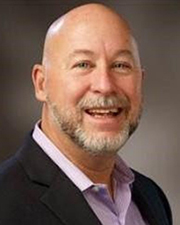
The evolving relationship of environmental consultants and the lending community - by Chuck Merritt
When Environmental Site Assessments (ESA) were first part of commercial real estate risk management, it was the lenders driving this requirement. When a borrower wanted a loan on a property, banks would utilize a list of “Approved Consultants” to order the report on both refinances and purchases.



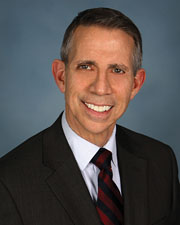
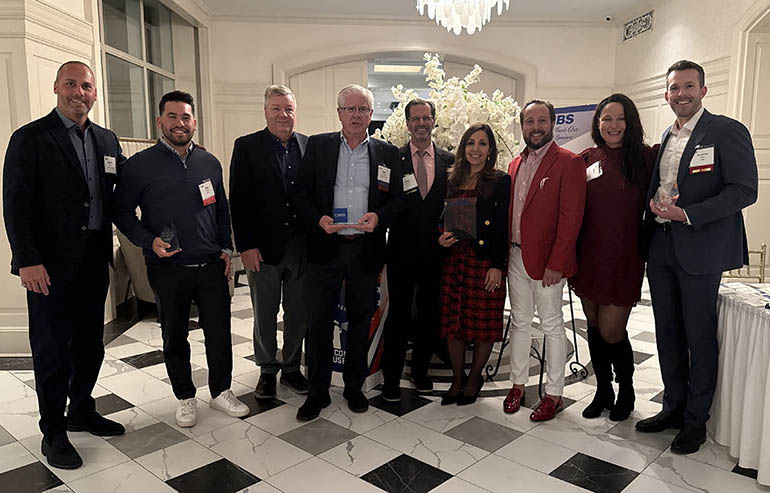
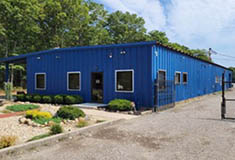
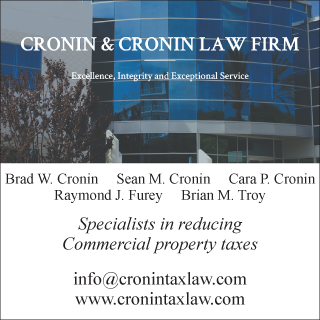


.jpg)